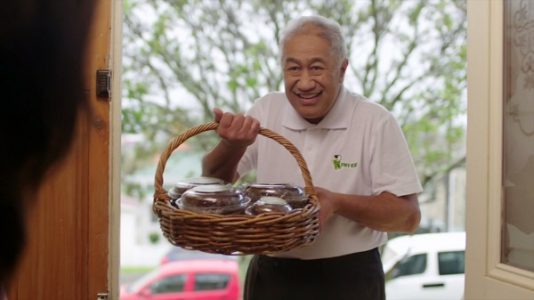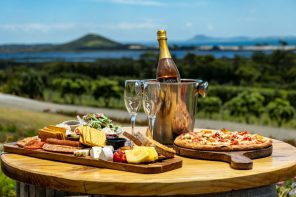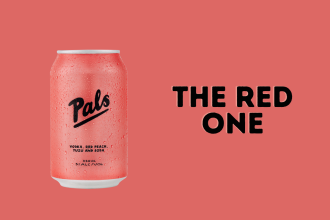The last few years have seen an unprecedented resurgence of Māori cuisine. Traditional native herbs and spices are being used more and more frequently, while traditional cooking techniques are taking prime-time television by storm. Interest in pikopiko, puha, horopito and kawakawa is on the rise, and hangi has moved from the marae to the main street. The increased focus by consumers on provenance and artisan producers has created conditions ripe for Māori food companies to flourish. Restaurants like Kai Pasifika in Auckland are showcasing Māori and Pacific cuisine in a way that previously hadn’t been done in the largest Polynesian city in the world, and smaller hangi takeaway shops and caterers are popping up all over the country – there’s even one in Perth.
As times have changed, the significance of manaakitanga, or Māori hospitality, is increasingly understood and appreciated. Māori cuisine has found a home in Kākano is Christchurch, which serves smoked eel spines and foraged herbs, in a business that is part café and part social enterprise. “Our cause is to bring our traditional food back, and to involve Maori people in the preparation,” said Jade Temepara. Similarly, Monique Fiso’s Hiakai pop-up seeks to provide “a modern interpretation of Māori cuisine reflecting the environment, history, and culture of Aotearoa.”
“There is a much larger movement going on right now – Māori are taking back Māoridom, in food, culture and language,” said Rotorua businessman Chris Poipoi. “Things like Hangi Pit Masters is good for exposure, but what’s happening is bigger than television ratings.”

Chris Poipoi, KiwiKai owner
Poipoi opened Kiwi Kai in 2013, a post-European Māori takeaway store and food brand, in order to help his mother’s bread recipes live on. Spurred by the success of the Kiwi Kai steamed puddings, a finalist in the 2017 NZ Food Awards Artisan category, Kiwi Kai has built up a reputation for its fried bread, hangi, seafood chowders and rewena bread.
Part of the problem is technology and the difficulty in adapting traditional techniques for modern equipment. “There’s a fantastic movement back to traditional Māori food, but not many of these producers can scale up. A farmer’s market seller will show up with ten loaves of bread, and that’s about it.”
In order to take it to the next level, Poipoi believes, Māori food needs more high-level exposure. “We need to be putting ourselves forward with the big players, not just entering awards for ‘Best Māori Producer’. These companies have what it takes to win, but we’ve been partitioned off for too long.”
With exposure will come a regular customer base, and profits will drive innovation. “Māori customers are almost a given,” Poipoi said, and a broader customer base will follow with time. “The nostalgia behind some of this food is intense.”






